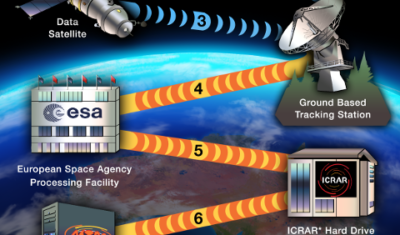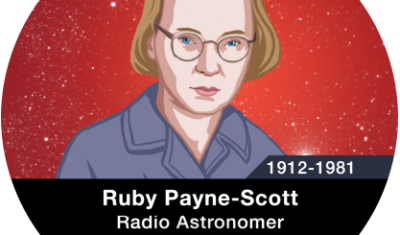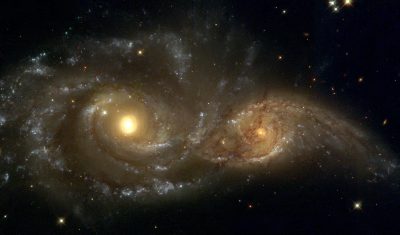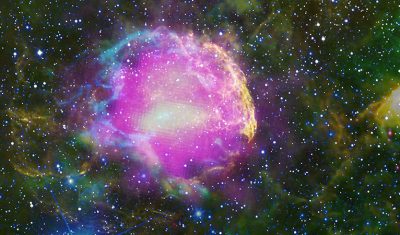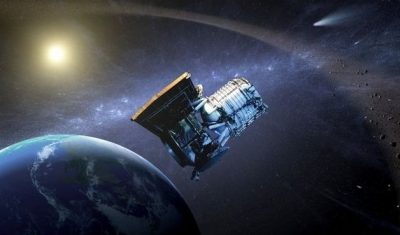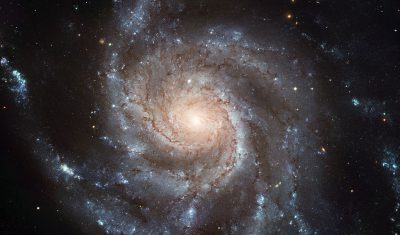The Galaxy and Mass Assembly (GAMA) survey is a major project combining deep spectra and UV to infrared images for galaxies over 294 square degrees of the sky.
The spectra told us how far away these galaxies are, making it possible for us to create a 3D map of around 300,000 galaxies in the local Universe—here’s a cool animation showing this:
Fly through of the GAMA Galaxy Catalogue from ICRAR on Vimeo.
The UV through to infrared images helps us to understand how these galaxies formed and how they’re currently behaving, but to do this we needed a way of accurately measuring the amount of light coming from each galaxy.
Unfortunately, measuring light from galaxies in a fully automated manner is difficult for computers, since they can often become confused by nearby bright sources (like stars). In the GAMA team we have “hand-fixed” a few thousand apertures that define the regions where galaxies are visible on images. However, with approximately 300,000 galaxies, the full GAMA sample is far too big for a small team of a few dozen scientists to do.
To help solve this problem we created the “Galaxy Explorer” citizen science initiative. In collaboration with the ABC, we asked members of the public to help us measure the amount of light coming from each galaxy by adjusting the elliptical apertures that define the extent of the light visible in each image.
The response was amazing with tens-of-thousands of members of the public fixing hundreds-of-thousands of galaxy apertures, and every galaxy being looked at roughly ten times by different people.
Armed with these improved estimates of the true extent of the light, the GAMA team have now been able to compute galaxy properties with greater accuracy, e.g. better star formation rates (how many new stars are formed per year) and stellar masses (how massive the galaxy is).
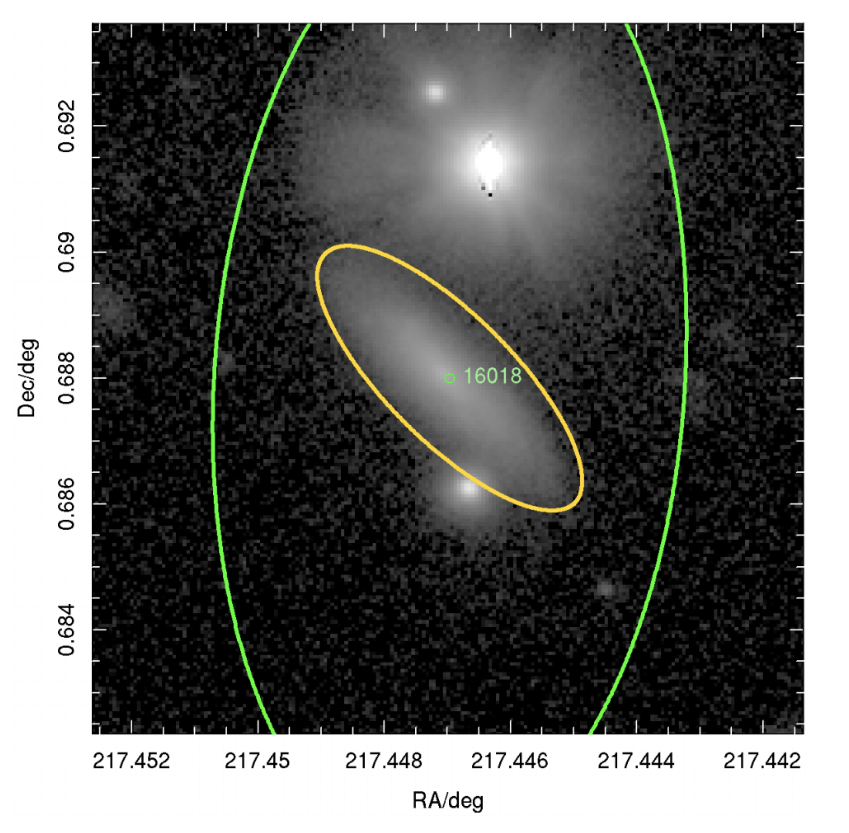 As an example, the image above shows the old aperture (green) and the fixed aperture taken from Galaxy Explorer (yellow). The old light measurement was far too large since the aperture had looped itself around the bright star at the top of the image. The new aperture snugly fits around the true extent of the galaxy in the centre of the image, and contains many times less light.
As an example, the image above shows the old aperture (green) and the fixed aperture taken from Galaxy Explorer (yellow). The old light measurement was far too large since the aperture had looped itself around the bright star at the top of the image. The new aperture snugly fits around the true extent of the galaxy in the centre of the image, and contains many times less light.
The new apertures are used to improve our light measurements at multiple wavelengths. Combined light at multiple wavelengths for a single source is known as a spectral energy distribution (SED). Below is an example of an old versus new SED, both processed with LAMBDAR. The fixed Galaxy Explorer apertures produce a much smoother SED, which is what we would expect for a well processed galaxy.

Each year a few dozen research papers are published using the GAMA survey, and the improved light measurements are being used routinely by scientists around the world to improve the quality of their work. This is all thanks to our team of citizen scientists who used Galaxy Explorer to fix our computer apertures.
Thanks team!


